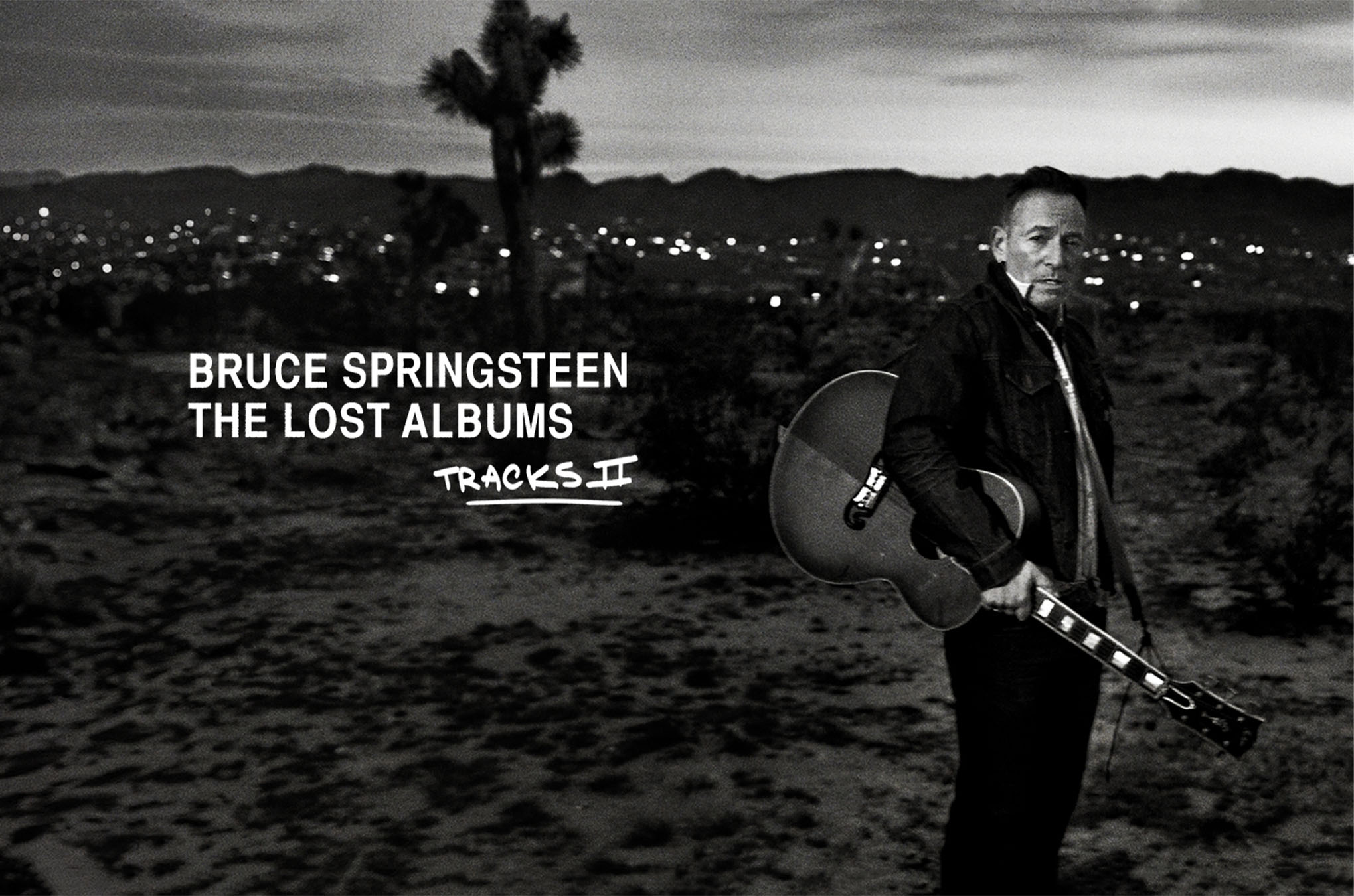Sennheiser CEOs talk Ambeo, hi-res and the future of sound
As Sennheiser passes its 70th anniversary, we speak to CEOs Daniel and Dr. Andreas Sennheiser about 9.1-channel sound, hi-res audio and what makes a great pair of headphones.
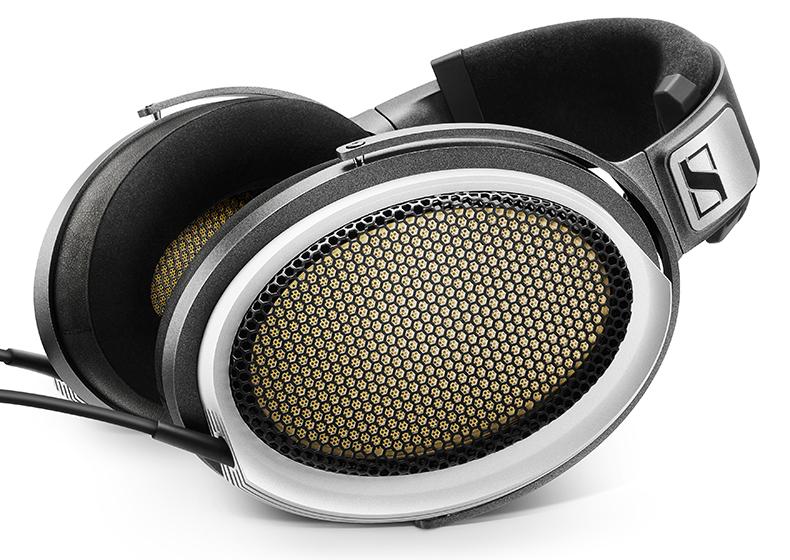
Not many tech brands get to stay in the game this long, so clearly the company is doing something right.
We met Daniel and Dr Andreas Sennheiser, grandsons of founder Fritz Sennheiser, and asked them what they made of the milestone and about their plans for the future.
Sennheiser: the story
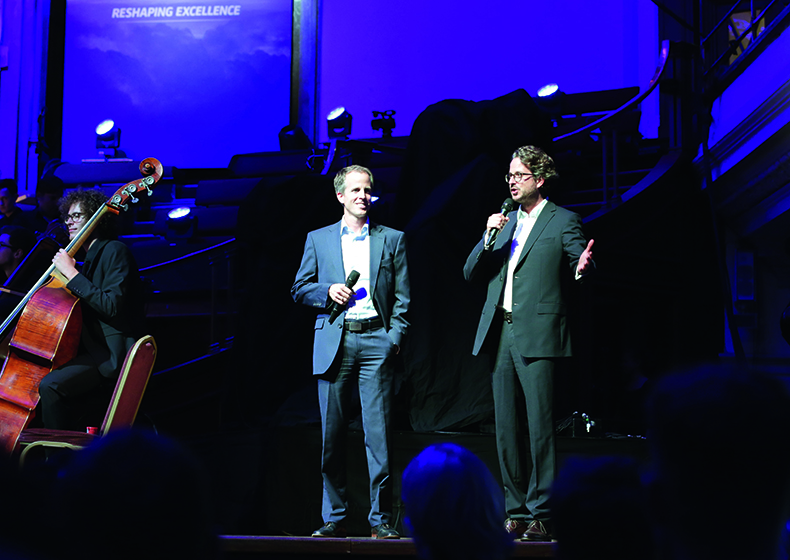
At 70, most of us might consider giving it all up to go fishing. Not Sennheiser, which shows no signs of slowing down. It’s been quite a journey from humble beginnings in 1945, when Dr Fritz Sennheiser founded the company in a half-timbered house in the village of Wennebostel. Back then the company was called Laboratorium Wennebostel, and its first products were tube voltmeters.
In the following years, the company produced a range of products from microphones to geophysical equipment and transformers. Mixing amplifiers and pre-amplifiers followed, and by its 10th anniversary it had also moved into the television and film industry.
Milestones followed, including a change of name to Sennheiser Electronic and a foray into hi-fi with the launch of ‘Philharmonic’ in 1965, the first system to use active speakers. Three years later, it produced the world’s first open headphones, the HD 414, and thus Sennheiser the headphone company was born. In 1991, it scaled new heights with the Orpheus. The rest, as they say, is history.
MORE: Best headphones 2016
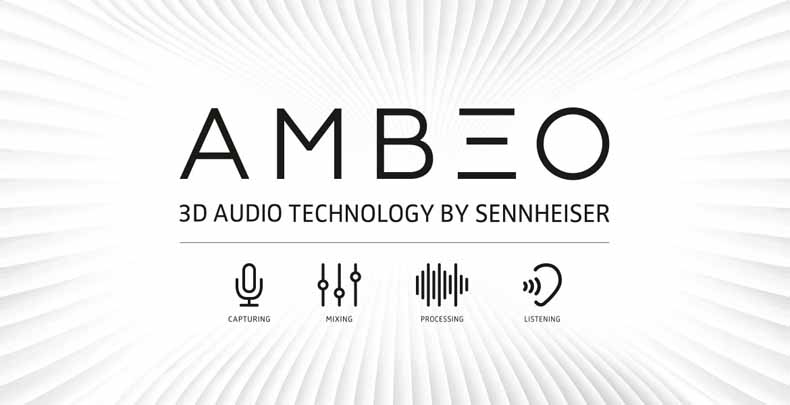
How do you go about maintaining a 70-year legacy while developing new products?
Get the What Hi-Fi? Newsletter
The latest hi-fi, home cinema and tech news, reviews, buying advice and deals, direct to your inbox.
DS: It sounds like a long time, but on the other hand, maintaining that legacy is just something we do every day. We don’t think about it so much in terms of decades.
We think about the next thing that we need to do. Everybody is driven by the desire to build the next big thing, and create the next thing that changes the world of audio.
And that just drives you for the next 70, 100, maybe even 200 years.
So what is the next big thing that will change the world of audio?
AS: Sennheiser has different sides. We have the professional side, where we are bringing out new immersive 9.1 surround audio technologies, which we believe can add another element to the emotional impact of live recordings, and via headphones. On the consumer side, we have great new products, especially at the very high end of the product range.
Why have you decided to go into 9.1-channel surround sound?
AS: We wanted to go there because we realised that audio is very much connected to our emotions. We decided that if we really want to make a difference in people’s lives – to let them feel how music felt as it was live – we have to go beyond what exists. That’s why we developed a new 3D recording format and also a playback format (Ambeo), which works with nine speakers but also via headphones with virtual speakers.
DS: It’s not so much a format. It’s more a philosophy: to capture the reality and make sound as ‘real’ as possible.
MORE: Sennheiser Ambeo is 3D audio in 9.1 channels
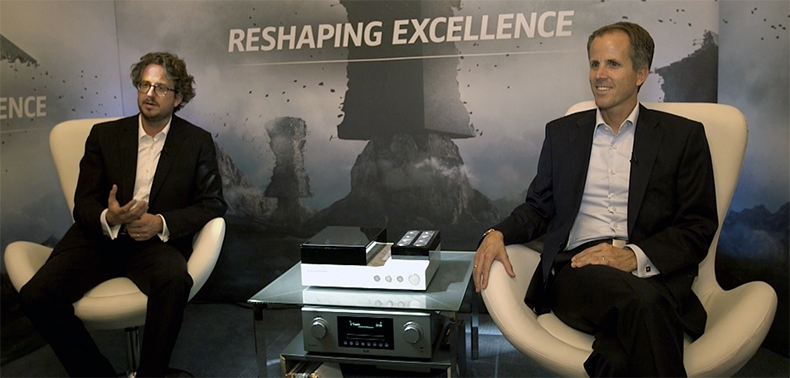
We’ve recently witnessed a huge rise in the availability of high-resolution audio. How does that affect business?
DS: It’s very good news for us, and for the consumer, that greater quality is making a comeback. It’s something that has been always there, but it hasn’t been developed very much. Now people realise that it has a far greater emotional impact than what they used to listen to, and they never want to go back. The spread of higher quality music is something that consumers will want in the future, and that plays to the high-end companies like Sennheiser.
What makes a great pair of headphones from a consumer point of view, and how is that different when it comes to audiophiles?
AS: We believe there is no such thing as the perfect headphones. There can be perfect headphones for a specific listening environment and mood that you’re in. What’s perfect for sports is not perfect for an audiophile sitting at home. We’d compare it to tasting wine. It’s very much a matter of taste, and you can only enjoy it once you’ve tried it out. Then you know what the difference is between really good headphones and just an average product.
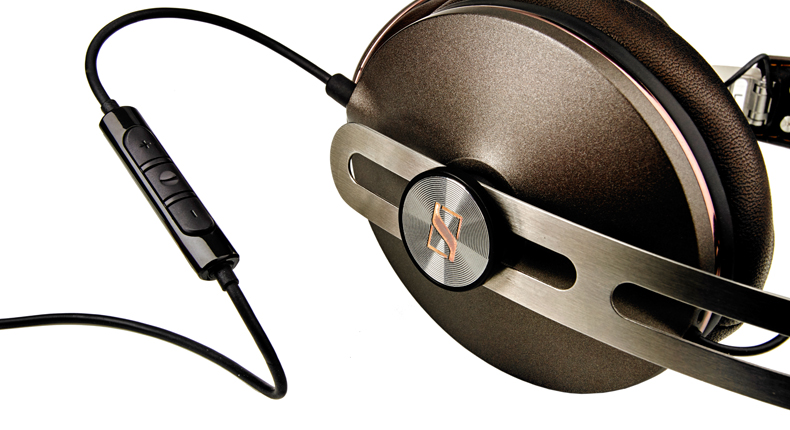
Headphones are everywhere these days, either with portable devices or as integral components in proper hi-fi systems. Do you foresee headphones becoming even more dominant in the future?
DS: I believe those are separate things. Headphones became ubiquitous when people started listening anywhere they wanted. That portability came along with a loss in quality. Now that quality is back. It is downloadable and with you all the time, so headphones have become much more of a design/fashion statement for the average consumer, to whom materials and looks are very important.
For the high-end consumer, those are not the first things they look for. Technology and sound are the priority, because the reproduction is something you have never heard before. Of course, they want a good-sounding product that looks nice, with good craftsmanship and attention to detail. We’re going to see much more of that in the future.
MORE: Hi-res audio - everything you need to know
Sennheiser: the future
Besides Ambeo, Sennheiser’s other huge project is its new Orpheus electrostatic headphone system - an extravagant pair of headphones complete with their own tube amplifier - yours for a cool €50,000.
The base is made of Carrara marble, the sort once used by Michelangelo for his sculptures. Its frequency range exceeds the human auditory range – you’d need the combined hearing of a bat and an elephant.
Sennheiser calls it “a new benchmark in excellence in the high-end audio world” and we've already been lucky enough to go hands-on and have a listen for ourselves.
Credit where it’s due: Sennheiser certainly doesn’t rest on its laurels. Experimental new sounds and a crazy project designed to challenge physical limits. Talk about growing old gracefully.
MORE: Sennheiser Orpheus hands-on review
See all our Sennheiser reviews
Kob began his career at What Hi-Fi?, starting in the dusty stockroom before rising up the ranks to join the editorial and production team as the Buyer’s Guide editor. Experienced in both magazine and online publishing, he now runs the TV & audio section at Trusted Reviews where he keeps a beady eye on all the latest comings and goings in the hi-fi and home cinema market.
